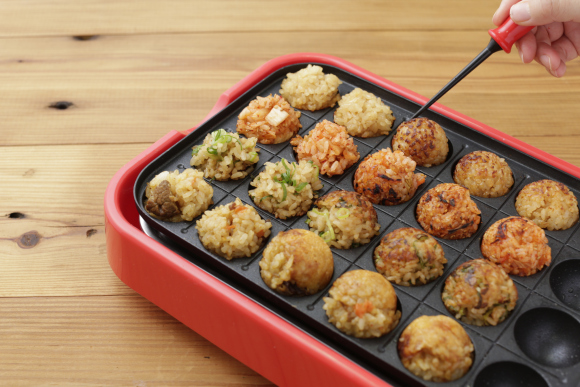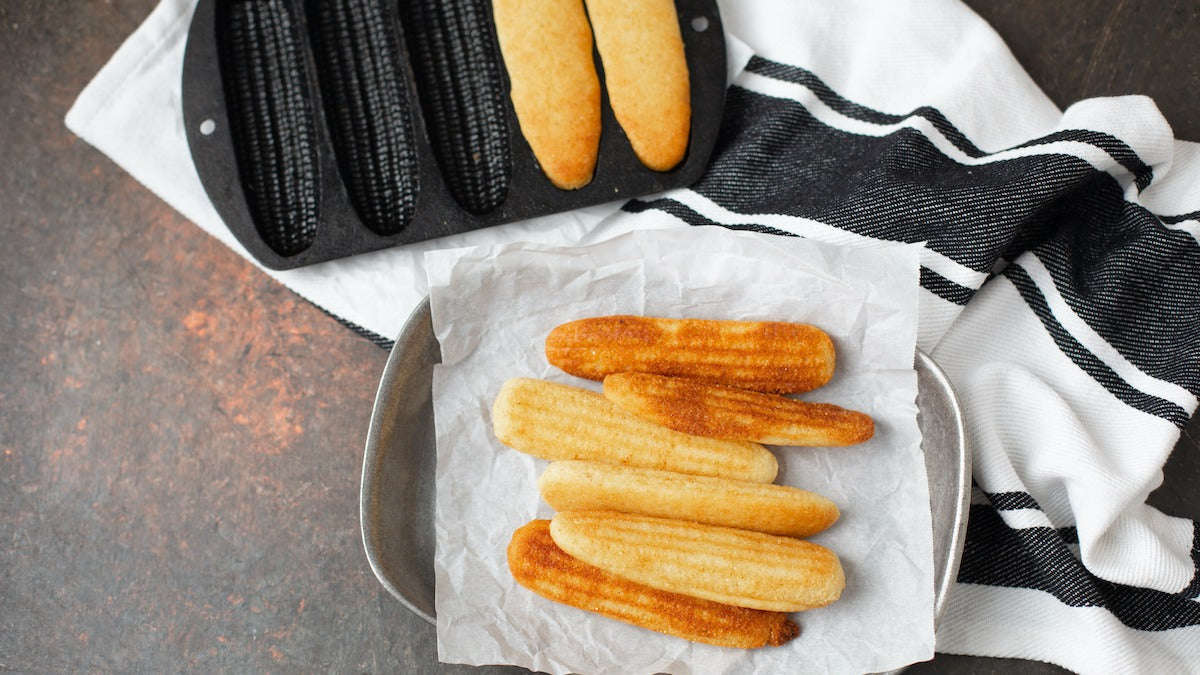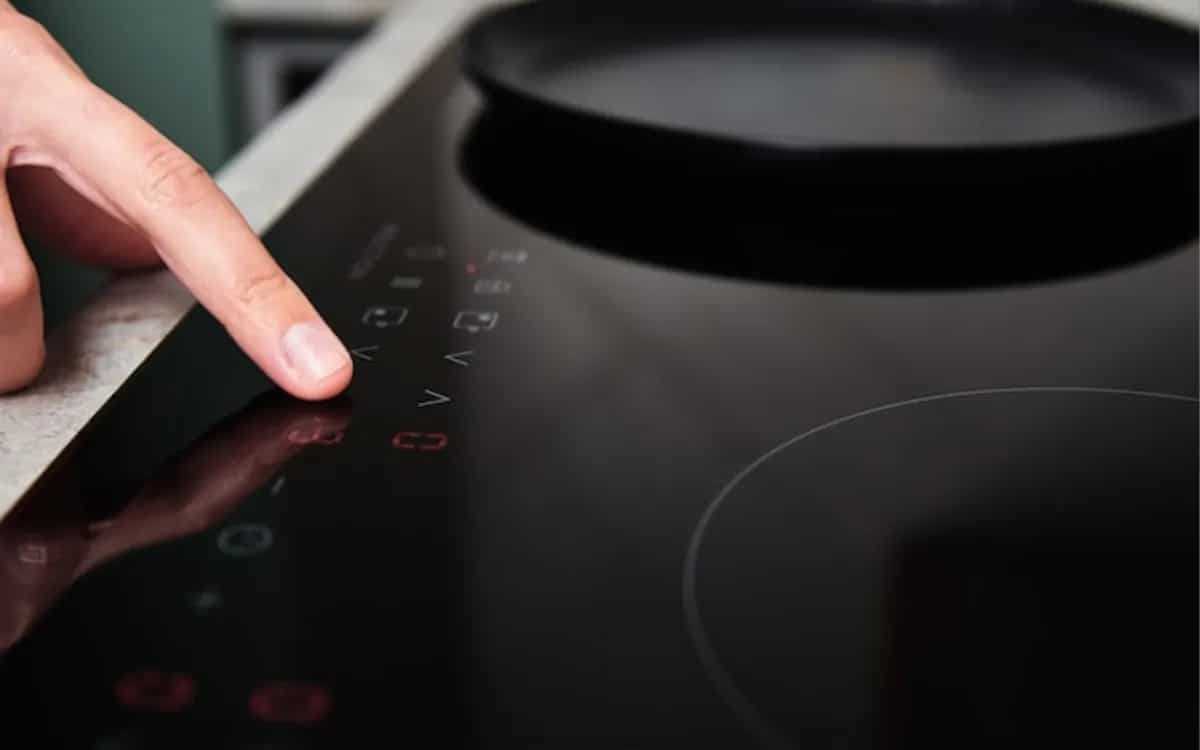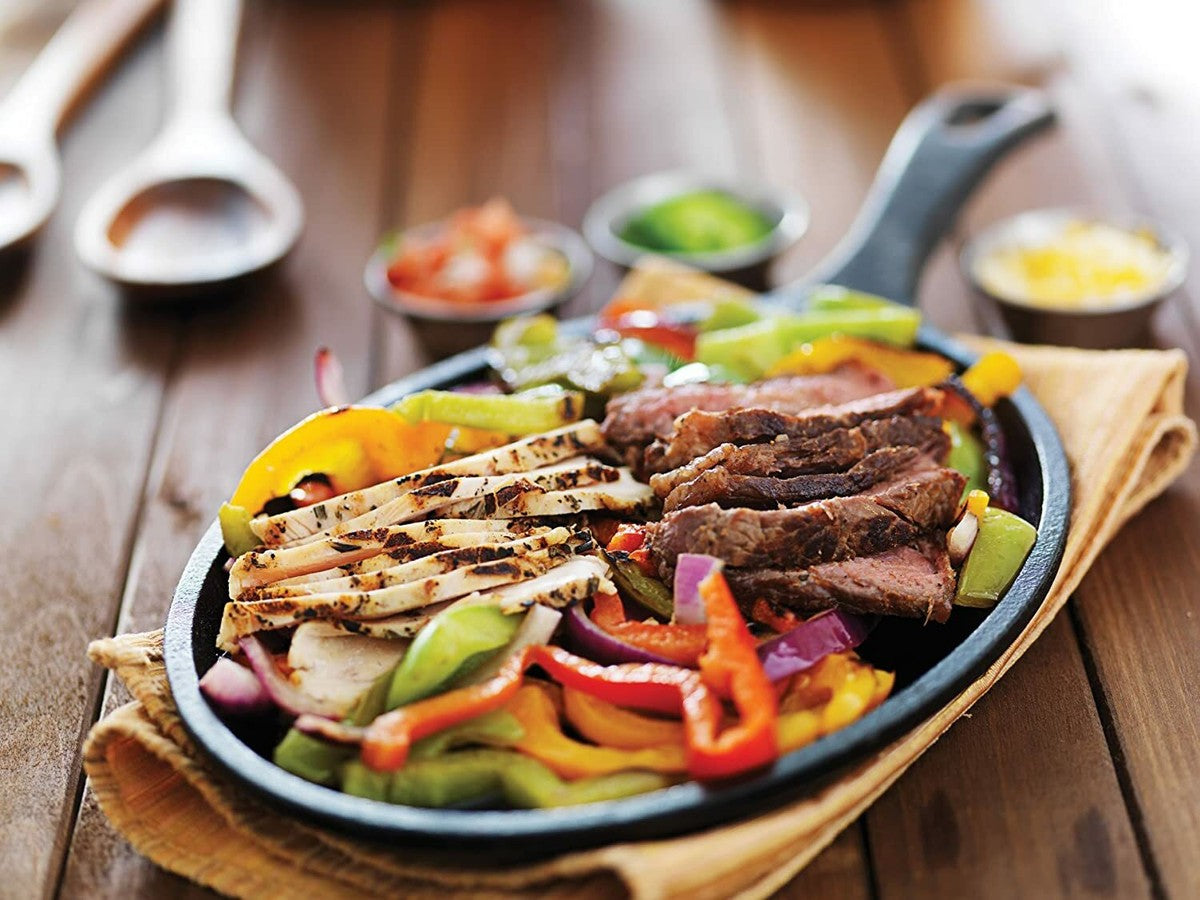For centuries, the tagine pot has held a place of prominence in kitchens across North Africa. This traditional cookware is not only a culinary tool but also a symbol of the rich cultural tapestry that defines the region. Understanding the history and cultural significance of the tagine pot provides insight into its enduring appeal and its impact on global cuisine.

Origins of the Tagine Pot
The tagine pot, with its distinctive cone-shaped lid, traces its origins back to the Berbers of North Africa. It was initially used by nomadic tribes who needed portable and efficient cooking methods. The design of the pot, which promotes the circulation of steam, allowed for slow cooking, preserving moisture and flavor in the arid climates of the Sahara.
Tagine in Historical Context
Historically, the tagine pot was more than just a cooking vessel; it was a communal centerpiece around which families gathered. In the 8th century, the Arab invasion introduced new spices and ingredients, enriching the tagine's flavor profile. Over time, the tagine became synonymous with Moroccan hospitality and culinary tradition.
Cultural Significance Across North Africa
Across North Africa, the tagine is much more than a method of cooking; it is a cultural artifact. It represents the fusion of flavors, traditions, and histories. In Morocco, for example, the preparation of a tagine dish is an art form, often passed down through generations. The pot itself is frequently handcrafted and decorated, showcasing the artisan skills of local craftsmen.
The Tagine's Role in Modern Cuisine
Today, the tagine pot has transcended its traditional roots, capturing the interest of chefs worldwide. Its ability to meld flavors and tenderize meats has made it a staple in modern kitchens, appealing to both professional chefs and home cooks. The growing popularity of global cuisine has further cemented the tagine's place in contemporary cooking.
For those interested in exploring this traditional cookware further, the benefits of cooking with a tagine pot are numerous. From enhancing flavors to providing a unique presentation, the tagine offers a versatile and rich culinary experience.
The Tagine Versus Other Cookware
In comparison to other cookware, such as the Dutch oven, the tagine pot offers distinct advantages. Its conical lid is designed to promote condensation, allowing for self-basting and reducing the need for added fats. This makes the tagine an excellent choice for health-conscious cooking without sacrificing taste.
Additionally, the tagine pot vs. Dutch oven debate highlights the unique attributes of each. While both are capable of slow cooking, the tagine's design is particularly suited for dishes that require tenderizing.
Preserving the Tagine Tradition
As kitchen professionals, embracing the history and cultural significance of the tagine pot can enrich our culinary practices. By preserving traditional cooking methods and understanding their origins, we can create dishes that not only satisfy the palate but also honor the cultures that have shaped them.
For those looking to maintain their tagine pots, consider reading about how to clean and maintain your tagine pot to ensure its longevity and effectiveness in the kitchen.
Conclusion
The tagine pot is more than a piece of cookware; it is a bridge between past and present, tradition and innovation. Its history and cultural significance continue to inspire culinary enthusiasts around the world. Whether you are a seasoned chef or an aspiring cook, incorporating the tagine into your culinary repertoire can offer a deeper connection to a rich cultural heritage.

FAQ
What is a tagine pot used for?
A tagine pot is used primarily for slow-cooking stews and dishes that benefit from a gentle simmer and the retention of moisture and flavor.
How does the design of a tagine pot enhance cooking?
The conical lid of a tagine pot promotes the circulation of steam, which helps in self-basting the food and retaining moisture, enhancing the taste and texture of the dish.
Can a tagine pot be used on all types of stovetops?
Yes, but it is essential to check if your tagine is designed for modern stovetops. Some traditional clay tagines may crack on electric or induction stovetops unless used with a heat diffuser.
This article contains affiliate links. We may earn a commission at no extra cost to you.






Leave a comment
This site is protected by hCaptcha and the hCaptcha Privacy Policy and Terms of Service apply.